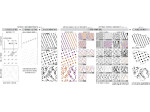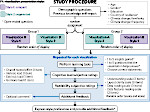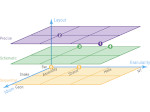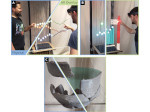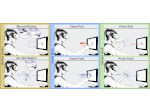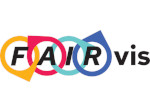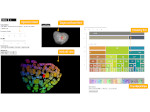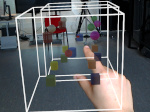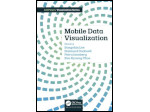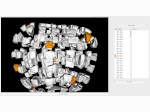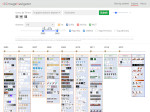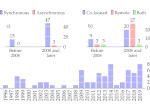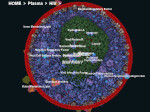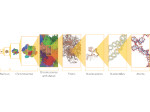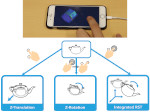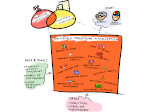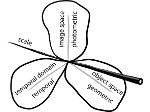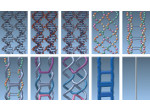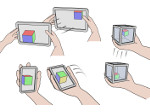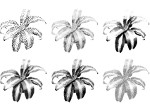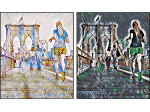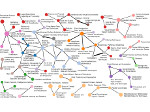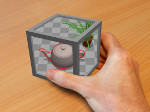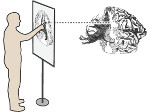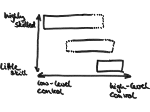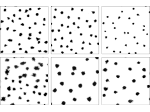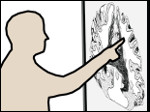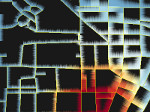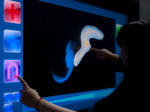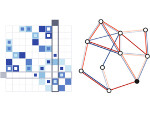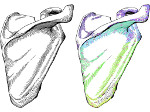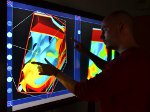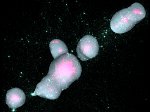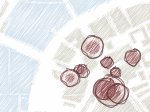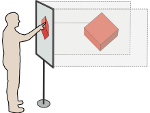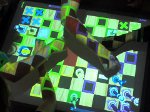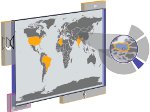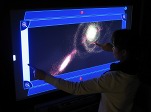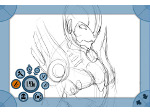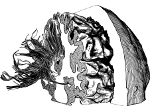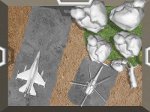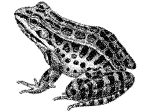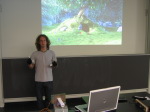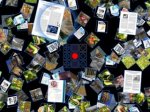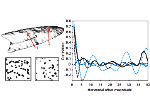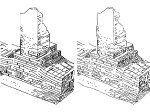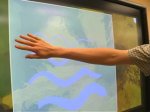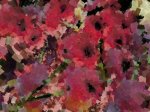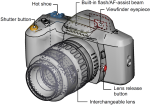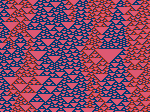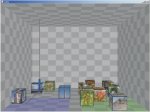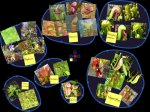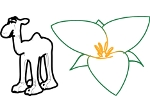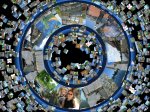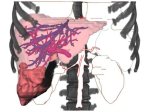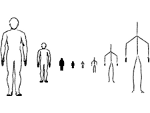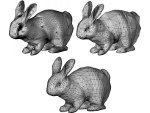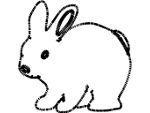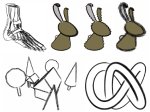Exploration of the Brain’s White Matter Structure through Visual Abstraction and Multi-Scale Local Fiber Tract Contraction
Description:
We present a visualization technique for brain fiber tracts from DTI data that provides insight into the structure of white matter through visual abstraction. We achieve this abstraction by analyzing the local similarity of tract segment directions at different scales using a stepwise increase of the search range. Next, locally similar tract segments are moved toward each other in an iterative process, resulting in a local contraction of tracts perpendicular to the local tract direction at a given scale. This not only leads to the abstraction of the global structure of the white matter as represented by the tracts, but also creates volumetric voids. This increase of empty space decreases the mutual occlusion of tracts and, consequently, results in a better understanding of the brain's three-dimensional fiber tract structure. Our implementation supports an interactive and continuous transition between the original and the abstracted representations via various scale levels of similarity. We also support the selection of groups of tracts, which are highlighted and rendered with the abstracted visualization as context.
Paper download:  (10.0 MB)
(10.0 MB)
Videos:
colored version (based on local fiber tract orientation):
black-and-white version:
30 second preview:
paper presentation at IEEE VIS 2015:
Get the videos:
- download the colored version (720p60, MPEG4, 68.3MB),
- download the black-and-white version (720p60, MPEG4, 94.6MB),
- watch the colored version on YouTube,
- watch the black-and-white version on YouTube,
- watch the 30s preview on Vimeo,
- watch the paper presentation video on Vimeo.
Pictures:
Cross-References:
This technique is based on the illustrative rendering of line data using depth-dependent halos, see the page on this paper.
Additional material:
Main Reference:
Other Reference:
| Maarten H. Everts (2011) Visualization of Dense Line Data. PhD thesis, University of Groningen, The Netherlands, 2011. | | ||
This work was done at the Scientific Visualization and Computer Graphics Lab of the University of Groningen, the Netherlands, in collaboration with the AVIZ project group of Inria, France. It is partially funded by the Netherlands Organization for Scientific Research (NWO) as part of NWO's VIEW Program: Visual Interactive Effective Worlds, theme Interactive Data Visualization (project 643.100.501).
